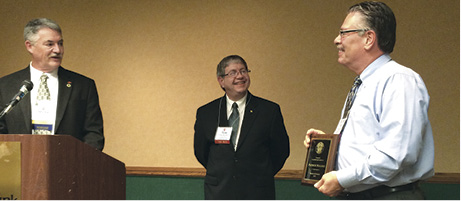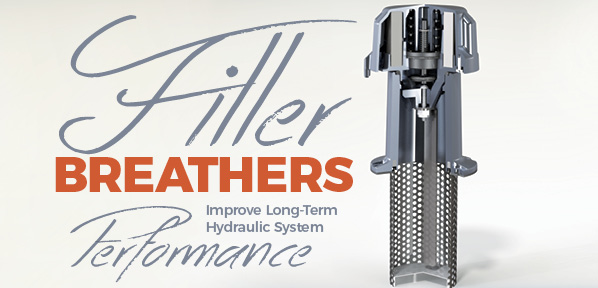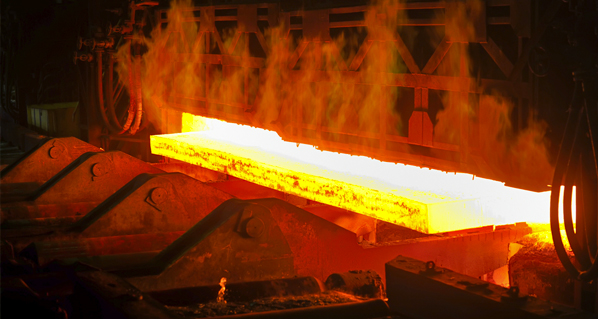Optimizing Efficiency to Meet Emmissions Regulations
By Dierk Peitsmeyer, Product Portfolio Manager Bucher Electronics
The European Union has stipulated that CO2 emissions must be significantly reduced. Provisions such as the EU’s Green Label initiative and Germany’s Energy Efficiency Strategy 2050 will have a major impact on technical development in the next few years. Designers will increasingly rely on highly efficient drive systems with alternative and hybrid drives. These changes also affect mobile machines; they will likely be equipped with battery-powered electric drives, fuel cells, or diesel generators. Hydraulic systems will require more efficient components and systems for precision movements.
Challenges for drive technology
For companies to work economically, electrically driven mobile machines must fulfill some important criteria. Machines must be designed to achieve sufficiently long operating times without tedious recharging and to work reliably and quickly at high power levels, similar to former machines. Companies also demand low noise emissions and low energy consumption and maintenance costs.
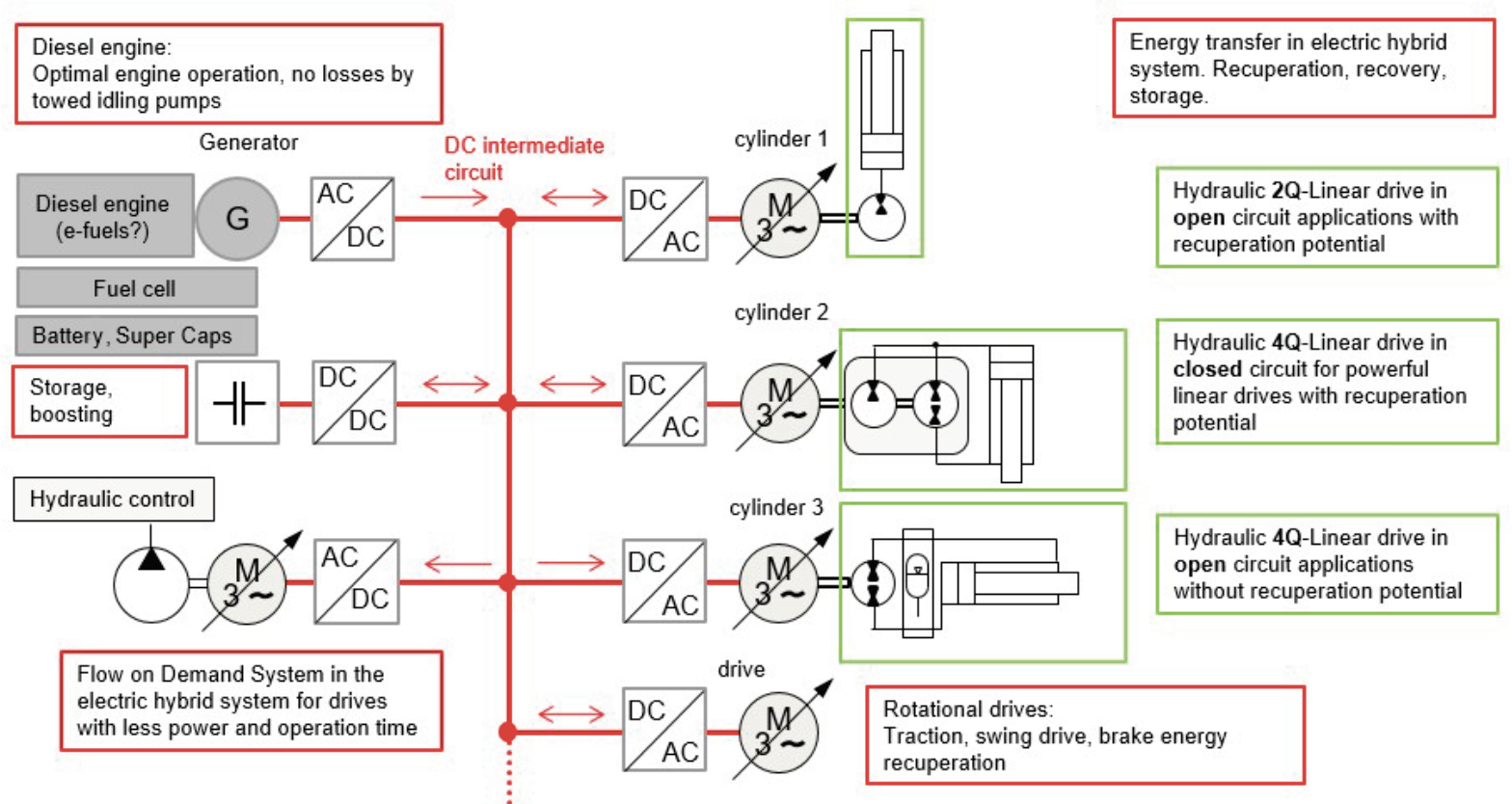
Efficiency the primary factor
Sufficient operating time can be achieved with a large dimensioned energy source or with a system with low power dissipation. However, this results in high expenses for the components. Using efficient components or systems can prove to be useful. Additionally, they reduce the need for cost-intensive energy. Electric drives already have a high efficiency over a wide operating range. Nevertheless, the hydraulics used today in mobile machines powered by diesel engines are not efficient enough. Improved systems need to be installed.
Limits of existing hydraulic systems
Hydraulic systems that adapt to the current volume and pressure requirements with the aid of variable displacement pumps, so-called load sensing (LS) systems, are not optimal for electrified machines. The noise emissions of conventional variable displacement axial piston pumps are too high. They will be particularly prominent in electrified machines due to the absence of diesel-engine noise. The level of efficiency of LS systems is not optimal throughout the entire operating range. The control deviation causes unnecessary losses in most operating points. Significant damping is occasionally necessary to operate the LS system without oscillation. This extends the response time considerably.
Consequently, it is not advantageous to replace the diesel engine with an electric motor and leave the existing hydraulic system unchanged.
Inadequate electromechanics
Replacing hydraulic cylinders with electromechanical linear drives has proven to be impractical. The mechanical gearboxes are not suitable for the high loads of a construction machine. Furthermore, every electromechanical linear drive requires an electric motor with correspondingly high power. The installed power will be quite high in total, even though it is never needed at the same time.
More efficient ‘flow-on-demand’ hydraulics
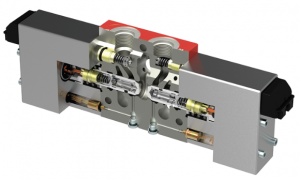 As a favorable compromise between high efficiency and low cost, an optimized hydraulic system can be used. Closed-circuit displacer controls are an excellent choice for high-performance functions with a high potential for energy recovery. These are the ones with the lowest energy losses. Each linear function requires a combination of an electric motor and a pump, comparable to electromechanical linear drives. It does not make sense for all functions.
As a favorable compromise between high efficiency and low cost, an optimized hydraulic system can be used. Closed-circuit displacer controls are an excellent choice for high-performance functions with a high potential for energy recovery. These are the ones with the lowest energy losses. Each linear function requires a combination of an electric motor and a pump, comparable to electromechanical linear drives. It does not make sense for all functions.
For precision movements, valve controls with flow on demand (FOD) are an economical alternative. Hydraulic control blocks with separate control edges, such as the LVS12 valve from Bucher Hydraulics, reduce power loss and enable movements to be more dynamic, further increasing the effectiveness of the machine. It is possible to combine variants of electric drives and hydraulic systems optimally in an electrical system with a DC intermediate circuit. For example, the hydraulic pump can be operated as a fixed clearance pump with variable speed. The speed of the electric motor must be set accordingly. Bucher Hydraulics’ FOD software makes this possible without additional effort for the hydraulics user. The system calculates the required optimum speed based on the valve actuation characteristics. The result of the FOD system is always the lowest possible pressure at the pump. It depends on the current load and pressure losses. Pressure losses can be minimized by optimizing the system design. It is particularly advantageous that the control pressure difference required in the LS system is eliminated.
In the FOD system, the valve opening and pump speed are controlled simultaneously. As a result, the responding behavior is very fast and direct, comparable to the performance of electric travel drives. The control system stablizes without oscillations. This allows the operator to drive the machine more effectively. The FOD system also offers additional advantages for controlled functions, such as the assistance control systems.
Bucher Hydraulics’ FOD software features additional options that are not available with a traditional LS system.
Pump efficiency is crucial
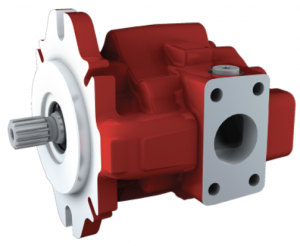 In variable speed operations, the pump is of particular importance to meet the special requirements of an FOD system. The pump is the heart of the system. Comparable to the efficiency of high-quality electric motors, it must be operable at 92% to 94% efficiency over a wide operating range. This minimizes the need for costly battery capacity and extends the achievable service life. Reducing power dissipations at the hydraulic pump, for example, from 5 kW to only 2.5 kW, contributes significantly to the energy-efficient operation of the machines. The efficiency chain further enhances this effect. Especially suitable for such drive combinations are the AX series hydraulic pumps from Bucher Hydraulics. Even at high performance, the noise level is low and pleasant, as expected by end users. The pumps can be started at high pressure and operated at very low speed without premature and excessive wear. Due to low leakage and the high number of pistons, a smooth cylinder movement can be achieved even at low speeds. This is particularly beneficial for positioning work and large booms. The design principle with consistent hydrostatic relief of the components makes these pumps particularly reliable.
In variable speed operations, the pump is of particular importance to meet the special requirements of an FOD system. The pump is the heart of the system. Comparable to the efficiency of high-quality electric motors, it must be operable at 92% to 94% efficiency over a wide operating range. This minimizes the need for costly battery capacity and extends the achievable service life. Reducing power dissipations at the hydraulic pump, for example, from 5 kW to only 2.5 kW, contributes significantly to the energy-efficient operation of the machines. The efficiency chain further enhances this effect. Especially suitable for such drive combinations are the AX series hydraulic pumps from Bucher Hydraulics. Even at high performance, the noise level is low and pleasant, as expected by end users. The pumps can be started at high pressure and operated at very low speed without premature and excessive wear. Due to low leakage and the high number of pistons, a smooth cylinder movement can be achieved even at low speeds. This is particularly beneficial for positioning work and large booms. The design principle with consistent hydrostatic relief of the components makes these pumps particularly reliable.

